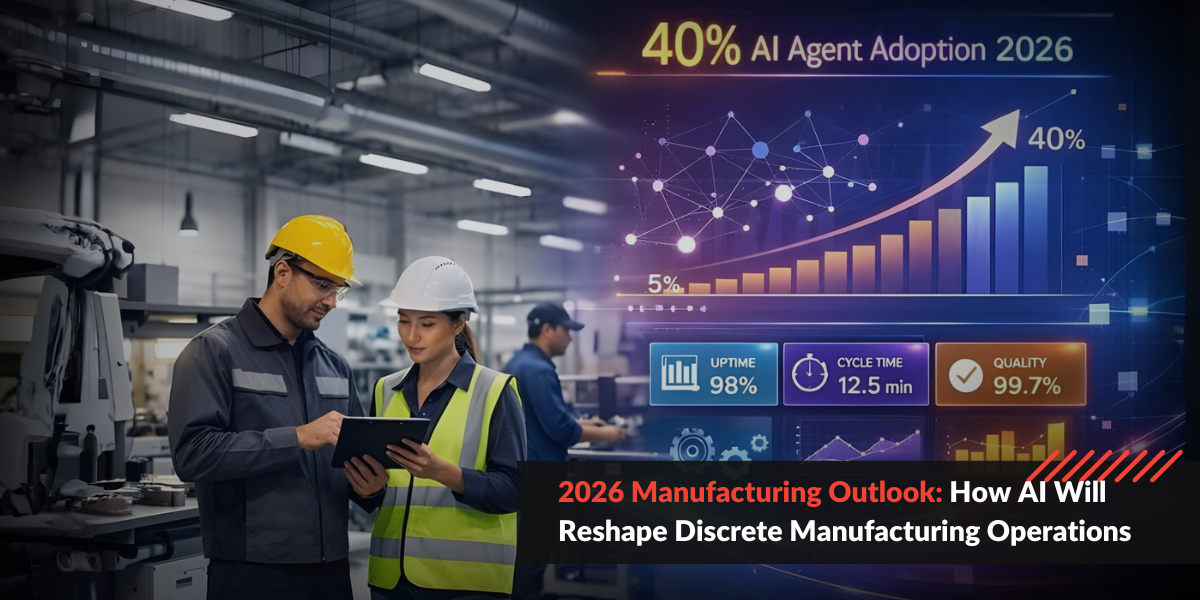Also, known as the ‘Big Quit’, ‘The Great Resignation’ is a recent trend that has been inducing headaches to many organizations across the globe. Employees are voluntarily resigning from their jobs en masse due to issues like wage stagnation, the rise of the freelancing ecosystem, safety concerns of COVID-19, etc. Interestingly, high rates of resignation were seen among the employees who were in their mid-career.
This trend has forced employers to look into why their employees are leaving and what could be done to prevent it. But simple data collection won’t help; strategic decisions need to be made from analysis of the available resignation data.
But for those who do not have time to collect and analyze the data, here is a quick guide for you. We have brought you the best way to negotiate with the great resignation, and it all revolves around the word – ‘Automation’. Here are the different ways through which automation helps reverse ‘The Great Resignation’.
Improves Employee Onboarding Process
Poor onboarding experience negatively affects employee retention, productivity, and the reputation of the employer. 9 out of 10 employees believe that their employer doesn’t do an excellent job with onboarding. This is mainly the consequence of manually onboarding employees.
The newly hired employees should start engaging with their colleagues, and the early positive engagement helps with the team’s productivity. Unfortunately, some HR teams only focus on activities like introduction, team lunch, organization values walkthrough, etc. These processes consume a lot of time. The matter worsens even further when the employee is introduced to their newly assigned job. They need answers to several queries that are often left unanswered, restricting them from potential performance.
Streamlining the pre-boarding workflows should be your prime focus. It includes creating a profile of the newly hired employee in the Human Resources Information System (HRIS). It should be followed by a welcome email. The HRIS should track the progress of the newly hired employee throughout the onboarding process. The next step is to arrange a platform for the new hire to get connected and their questions answered. Automation in this system can answer most questions instantly, without manual intervention.
A leading steel manufacturing company automated the employee onboarding process, and the attrition rate decreased to 0.1% from 30%.
Offers Meaningful Work Opportunities
Nearly half of the employees seek new employers when they believe they lack career progress or their skillsets are not used up to their potential. And even for employers, getting your employees engaged in their work seems to be an impossible task if they feel that the assigned work is not engaging.
Time-consuming manual and repetitive tasks are serial killers of employee engagement. With automation, an employer can eliminate this challenge and help them perform higher-value tasks. It saves time and consistently challenges and inspires the employee to develop their area of expertise. This also helps them with advancements and promotions in their job and ultimately to retain your valuable employees.
Helps Managers Bridge The Gap
The manager usually bridges the gap between the management and the employees. They are typically responsible for coming up with meaningful tasks and assigning them to the right employees. However, this is quite a challenge. Inaccuracies galore due to the manual nature of this process, and it often becomes difficult for managers to connect the organization’s strategic goals and the employees’ personal goals.
Automating the entire task handover process helps exclude inaccuracies and deliver reliable and consistent workflow aligning with the employer’s goal. Also, when easily-automated tasks are taken away from the job description, the manager can use the employees’ creativity to address more pressing problems.
Remember, in no way do we imply that managers can be replaced with automation. There are several areas where managerial skills are required, such as feedback, recognition, creative problem-solving, mental well-being assistance, hiring, and promotion.
To ensure your automation investments deliver maximum value, explore our guide on How to Improve the ROI of Your Automation Solution.
Conclusion
Retaining employees when the world is reeling under great resignation is not easy. However, it’s always better to try the above steps rather than be sorry later. Replacing an employee is much more expensive than what it would take to offer them benefits that would make them stay. Apart from that, it is essential to automate most of the tasks as it improves productivity and engagement at the same time. The result is an crucial and invaluable connection between the employer, business goals, and the employees.




